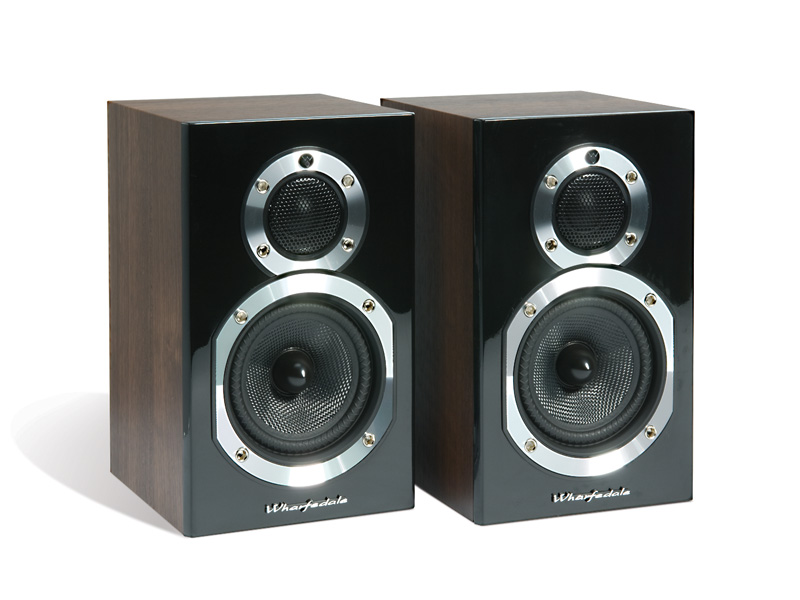TechRadar Verdict
Pros
- +
Good energy and rhythm
- +
Good with voices
- +
Very good imaging
- +
Effortless dynamics
Cons
- -
A little dry due to unevenness in treble
- -
Detail good but not excellent
Why you can trust TechRadar
The original Wharfedale Diamond appeared in the 1980s and this really is the 10th incarnation, though the name has come to denote the whole range.
As tiny as ever, the 10.0 is the smallest in the range. It presents a smart face to the world, especially without the grille fitted, thanks to the polished-metal surround to both drivers against the piano black front panel. A wide variety of veneers is available.
Acoustic technology has not been ignored either and the bass unit is unusual at this price in using a Kevlar fabric weave, with a pattern which is intended to help break up resonance.
The rubber roll surround on the cone is similarly patterned. The phase plug is actually a dust cap – that is, attached to the cone rather than to the magnet.
At the rear of the speaker is the usual reflex port, plus a couple of screw threads for fixing to a wall mount.
We felt the sound of this speaker can sometimes seem a little dry, apparently a tonal effect due to very slight unevenness in the treble. That can seem disconcerting in quick comparisons, but on longer listening there’s a great deal to admire here.
In particular, rhythm is excellent with very good energy and life in the bass and effortless dynamics, making this a top choice for rock and suchlike.
Voices are very well served and although detail doesn’t come across as especially analytical, it’s very easy to hear the distinct layers and strands in a piece of music.
Imaging is very good, perhaps one of the best at this size and price for depth and very consistent laterally. Classical and other all-acoustic music can sometimes seem a little closer at first, but there’s always plenty of space around and behind performers.
Follow TechRadar Reviews on Twitter: http://twitter.com/techradarreview
